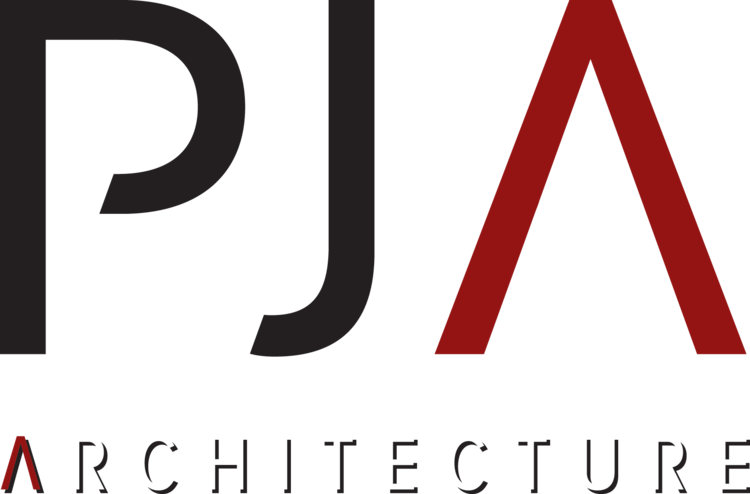Instead of asking about work at all, ask about our favorite restaurants.
You may think it is unconventional to ask an architect about food, but as creatives, we share an appreciation for all kinds of other crafts (including music and art, so feel free to ask about those too). Plus, the experience of a restaurant isn’t exclusively about the food. When we go to a new restaurant, we’re taking note of the noise level, how crowded it is, how comfortable the chairs are, the level of service, the quality of lighting, and the overall atmosphere of the place -- all before our appetizers have arrived.
As such, we’re pretty good at distinguishing which cafe is private enough for meeting with a potential business partner. We can suggest a restaurant for your cousin’s birthday dinner that has bright enough lighting for your uncle who forgot his glasses to read the menu, and a number of entrees that are sure to please both your vegan in-law and allergy-ridden nephew. If you’re looking for a bar to meet up with a group of old college friends, we’ll suggest a place with great drinks and large enough tables for you to all pull up a seat and share stories from the good old days. I promise, we’ll also tell you which restaurants have great food.




























